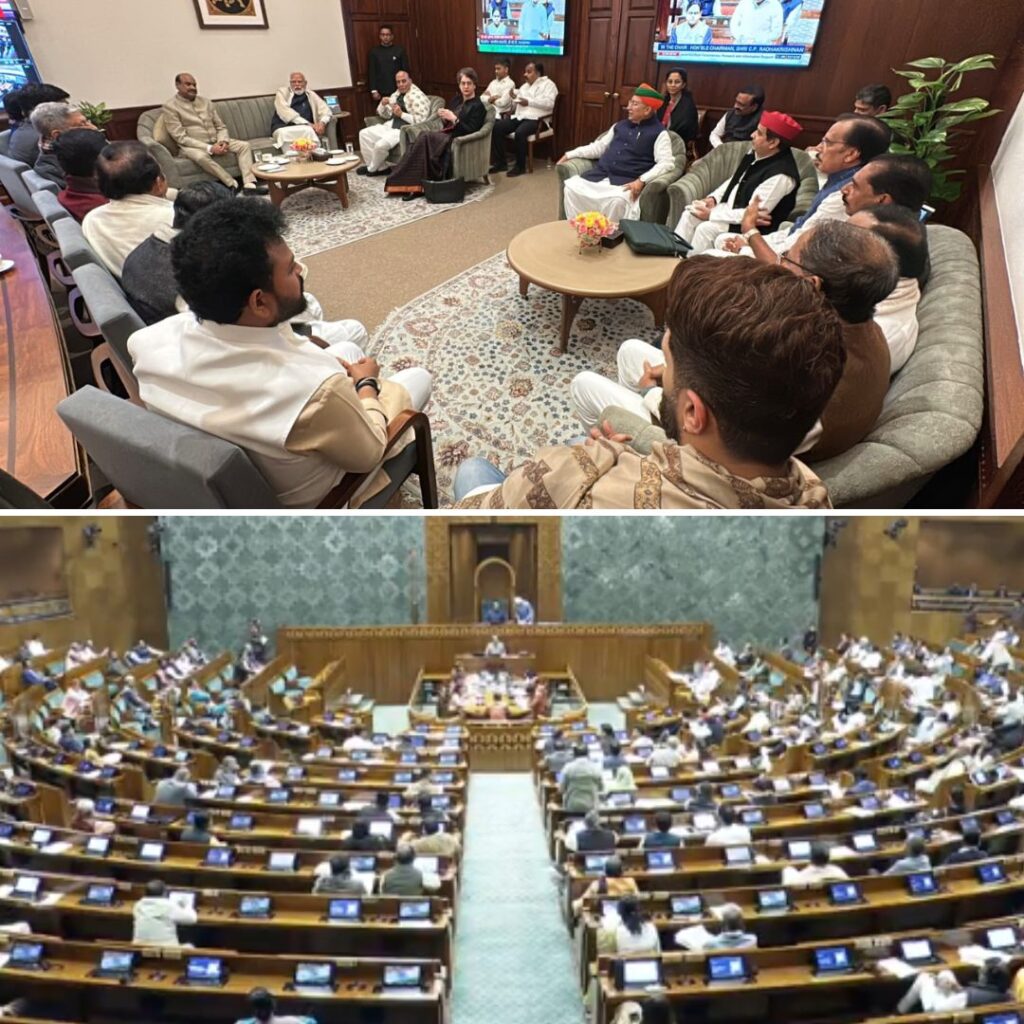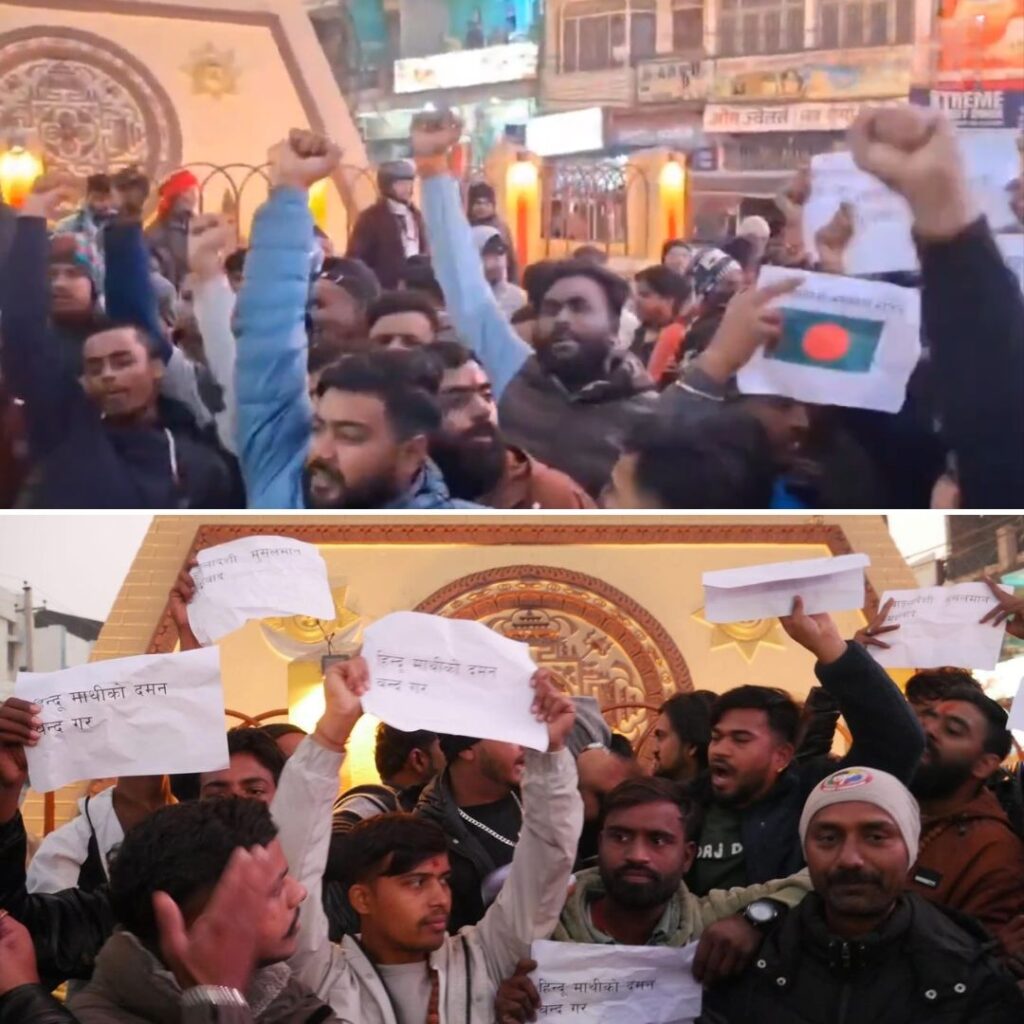Dr. Sanduk Ruit, Nepal’s “Doctor of Sight,” has transformed global eye care by restoring vision to over 100,000 people across Asia and Africa through his revolutionary small-incision cataract surgery (SICS).
Recently awarded Bahrain’s Isa Award for Service to Humanity (January 2025), Dr. Ruit’s work spans Nepal’s remote Himalayan villages, conflict zones in Africa, and underserved communities in South Asia.
His $25 surgeries-using locally manufactured lenses-have halved preventable blindness rates in Nepal and inspired a global movement for equitable healthcare.

Founders and Visionaries: Building an Ecosystem of Hope
Dr. Ruit co-founded the Tilganga Institute in 1994 alongside Australian surgeon Fred Hollows, his mentor and collaborator. Their partnership began in the 1980s during Nepal’s blindness surveys, culminating in the establishment of Tilganga as a center for affordable lens production and surgical training.
Hollows, who died in 1993, mentored Ruit in Australia and co-created the Nepal Eye Program Australia (NEPA), which later merged into The Fred Hollows Foundation. Together, they democratized cataract care by slashing lens costs from $200 to $4 and proving high-quality surgeries could thrive in resource-limited settings.
The Himalayan Cataract Project, co-founded by Dr. Ruit and Dr. Geoffrey Tabin (American ophthalmologist), expanded this model globally, training surgeons in 20+ countries.
“Fred taught me that the poor deserve the best, not leftovers,” Dr. Ruit often recalls. Tilganga’s success has inspired similar programs in Cambodia, Ghana, and Ethiopia, treating 50,000+ patients annually in Africa alone.

Breaking Barriers Where No Surgeon Has Gone
In April 2025, Dr. Ruit’s team trekked to Dolpo, a Himalayan region at 4,345m elevation, during the ancient Shey Festival, where they screened over 1,200 villagers and performed 98 cataract surgeries in makeshift operating rooms.
“The mountains test us, but the gratitude in a grandmother’s eyes when she sees her grandchildren again-that’s our fuel,” said Dr. Ruit, who often braves landslides and sub-zero temperatures to reach patients.
His sutureless SICS technique, perfected over 30 years, uses intraocular lenses produced at his Tilganga Institute for just $4 each. The method, now taught at Harvard Medical School, achieves 20/40 vision or better in 87% of cases, rivaling outcomes of Western phacoemulsification surgeries costing $3,000.

From Himalayan Roots to Global Icon
Born in Olangchungola, a village so remote it borders Tibet, Dr. Ruit’s resolve was forged by personal tragedy. At 17, he carried his sister’s body for days after she died of untreated tuberculosis. “Her death taught me that poverty shouldn’t equate to suffering,” he shared in a 2023 interview.
Partnering with Australian surgeon Fred Hollows in the 1980s, Dr. Ruit disrupted the $200-per-lens monopoly by establishing Nepal’s first lens factory, slashing costs by 98%. Today, the Tilganga Institute performs 2,500 surgeries weekly, with 40% free for the poorest patients.
Recent accolades include the 2025 Isa Award, whose jury hailed his “lifelong war against needless blindness.” Dr. Ruit’s model has been replicated from Cambodia’s Angkor Wat region to Ghana’s Ashanti villages, with Ethiopia adopting his protocols to treat 50,000 patients annually.
“He didn’t just invent a surgery-he built an ecosystem,” said Dr. Geoffrey Tabin, co-founder of the Himalayan Cataract Project.
The Logical Indian’s Perspective
Dr. Ruit’s journey dismantles the myth that cutting-edge healthcare must be expensive or exclusive. By marrying empathy with engineering ingenuity, he has restored not just vision but agency to those sidelined by poverty. His story compels us to confront a vital question: In a world of AI-driven medicine, how do we ensure compassion remains at the heart of innovation? As Dr. Ruit himself puts it, “The poor deserve the best, not the leftovers.”












